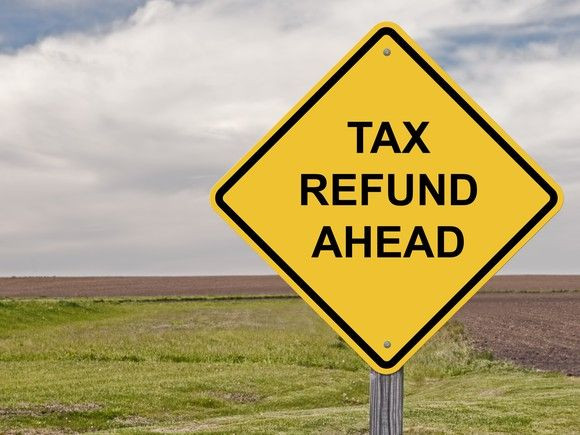When Will I Get My Tax Refund This Year?

Each year, tens of millions of people collect tax refunds from the IRS, and this year, 61% of Americans expect to receive one, according to tax prep company Jackson Hewitt. But the matter of how soon your money will be in your hands hinges heavily on when you submit your return to the IRS, how you submit it, and the specific tax credits you claim on it.
How tax refunds typically work
The Internal Revenue Service recently announced that it will begin accepting tax returns on Monday, Jan. 27. You have two options in that regard -- file electronically, or submit a paper return.
Taxpayers are generally advised to go the electronic route, and for a couple of reasons. First, the error rate on these returns is much lower than for paper returns, which means you're less likely to make mistakes that delay your refund or get your return rejected. Secondly, you'll typically get your refund much faster if you file electronically.
The IRS usually issues refunds for electronic returns within 21 days of when they are filed. With a paper return, you're looking at twice as long a time frame. As such, if you submit your return on or around Jan. 27, you could easily have your refund in hand by mid-February. That's helpful if you're counting on that money to pay off leftover holiday bills, or tackle other incoming expenses. On the other hand, if you file a paper return, you might not get your refund until March, even if you submit your taxes the first day you're able to.
Regardless of whether you file an electronic return or a paper one, sign up for direct deposit, as that will expedite your refund as well. But be sure to enter your bank account details carefully -- an error there could delay your refund, not to mention creating a headache for you that you'll have to sort out with the IRS.
Some tax credits cause an automatic delay in refunds
If you're planning to claim the Earned Income Tax Credit (a credit specifically designed to help low-income households) or the Additional Child Tax Credit, you may need to wait a bit longer to get your money. Due to the fact that identity thieves commonly claim these credits, and legitimate fliers often claim them in error, Congress in 2015 mandated that the IRS begin withholding the refunds of filers who claim them until late February. As such, even if you file your taxes in late January, if you're eligible for either credit, don't expect your money until the beginning of March at the earliest. The IRS says it should have estimated deposit dates for these refunds by Feb. 22, so at that point, you can check the agency's "Where's My Refund?" tool for a status update.
All other filers, meanwhile, can check their refund status 24 hours after submitting an electronic return. If you file on paper, however, an update on your refund status might not be available until four weeks after your return is received, which is yet another reason why it pays to do your taxes electronically. To see your refund status online, you'll need your Social Security number, your filing status, and the exact refund amount you're expecting.
Of course, it's possible for a refund to get delayed even if you aren't claiming the Earned Income Tax Credit or Additional Child Tax Credit. If you don't see your refund status updated within three weeks of submitting an electronic return, or within six weeks of submitting a paper one, your best bet is to call the IRS at (800) 829-1954 and ask for an update.
This article originally appeared in the Motley Fool. The Motley Fool has a disclosure policy.





















